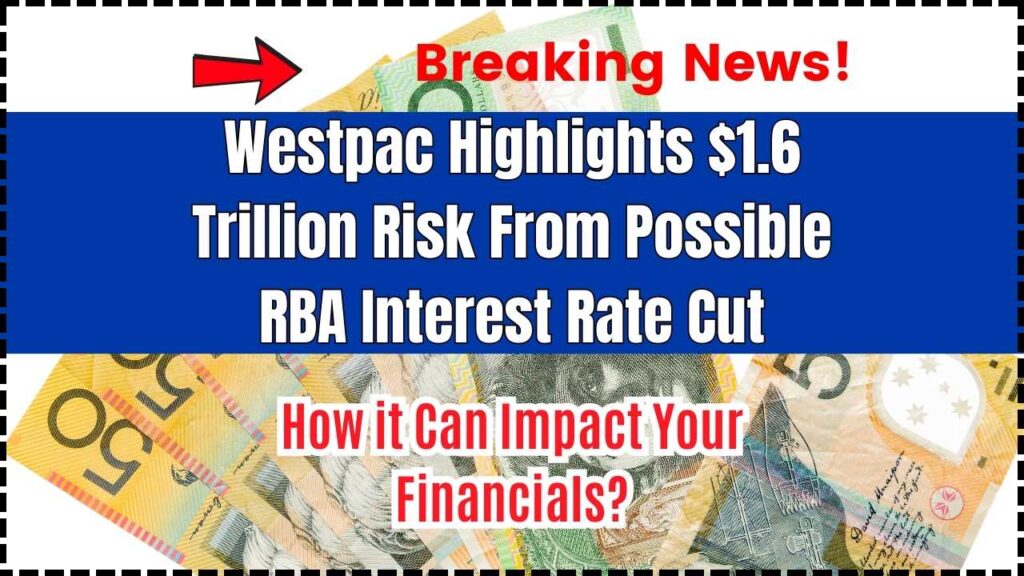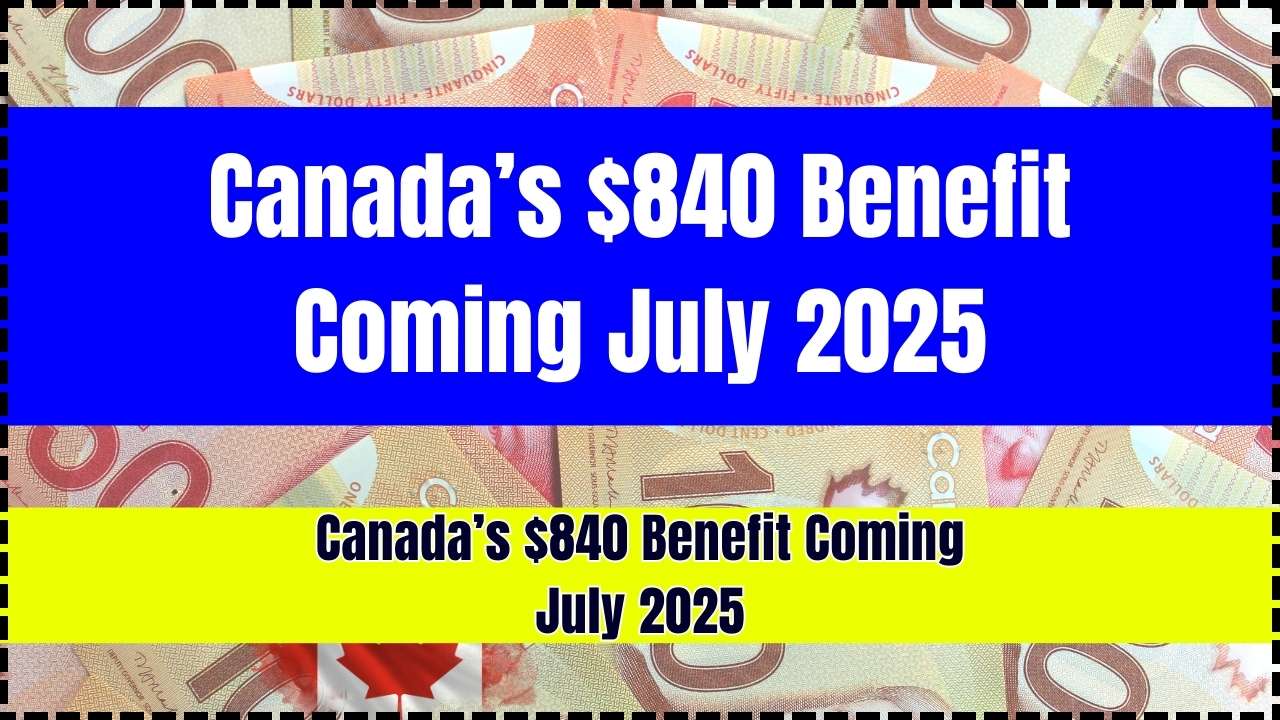
Westpac Highlights $1.6 Trillion Risk From Possible RBA Interest Rate Cut: In a recent warning that’s turning heads across the Australian financial world, Westpac has raised a red flag over a potential $1.6 trillion risk stemming from a possible interest rate cut by the Reserve Bank of Australia (RBA). This isn’t just another bank bulletin—it could hit your savings, mortgage, and future investment choices in ways you might not expect. So, whether you’re a homeowner, a young professional, a retiree, or just trying to understand what this means for your wallet, this guide breaks it all down for you—no finance degree required.
Westpac Highlights $1.6 Trillion Risk From Possible RBA Interest Rate Cut
Westpac’s warning isn’t just financial jargon—it’s a clear sign that rate cuts come with real-world consequences. While they might feel like relief at first, they can create long-term risks for individuals and the broader economy. So, whether you’re managing a mortgage, guarding your nest egg, or eyeing investment opportunities, the smartest move is to pause, plan, and protect. Use the current environment to your advantage—but don’t fall into the trap of chasing high returns without a solid game plan.
| Topic | Details |
|---|---|
| Interest Rate Cut | RBA reduced cash rate by 0.25% to 3.85% |
| Risk Identified by Westpac | $1.6 trillion in household savings exposed to lower returns |
| Savings Interest Impact | Westpac Life account dropped to 4.50% |
| Mortgage Benefit | Avg. $660,000 loan sees ~$100/month or $1,200/year in savings |
| Risk Shift | Savers likely to chase higher-yield, riskier investments |
| Bank Profitability Hit | Westpac reports $140M profit loss due to hedging |
| Source | Westpac Official Site |
What’s This $1.6 Trillion All About?
Here’s the deal: Australian households currently hold $1.6 trillion in deposit accounts. When the RBA slashes rates, the interest you earn on those savings drops. For a while, you might not feel it. But over time, that adds up—and it gets people thinking, “Where else can I put my money for better returns?”
And that’s exactly what Westpac is worried about. When savers move their money from safe, stable savings accounts to riskier investments like property, stocks, or cryptocurrency, they may not fully understand the risks involved.
A Quick History Lesson on Rate Cuts
Australia isn’t new to this. Between 2011 and 2020, the RBA gradually slashed rates from 4.75% to 0.10% in an attempt to stimulate the economy post-GFC and during COVID.
- The result? Property booms, low savings returns, and higher household debt.
- Many first-time investors jumped into markets they didn’t fully understand.
Sound familiar? Westpac’s current concern is that we might be heading into the same territory again.
How Does This Compare Globally?
Over in the United States, the Federal Reserve has taken the opposite stance—raising interest rates to fight inflation. Yet, the Fed has also warned about the instability that comes when savers chase yield during rate-cutting cycles.
So, while the RBA’s decision is local, the impact could ripple globally—especially in a connected world where markets respond to each other’s moves.
What This Means for You – Broken Down
If You’re a Saver
Your savings account just took a hit. Lower interest means less growth over time, and that can affect your long-term goals like buying a house, building an emergency fund, or retiring.
Example: If you’ve got $100,000 in a savings account earning 4.75%, that’s $4,750/year. At 4.50%, it’s now $4,500—a $250 annual loss for doing nothing differently.
What You Can Do:
- Compare rates using tools like Canstar.
- Look into term deposits, government bonds, or high-interest online savings accounts.
If You’re a Borrower
Here’s the silver lining: home loans just got cheaper.
Example: On a $660,000 home loan, a 0.25% cut could save you $1,200 annually. Over a 30-year loan, that’s more than $36,000—not bad, right?
Smart Move:
- Refinance your mortgage.
- Use calculators like Moneysmart’s mortgage tool to see your potential savings.
A Real-Life Case Study
Let’s meet Alex and Rachel—a working couple with two kids in Brisbane.
- They’ve got $80,000 in savings and a $600,000 mortgage.
- The interest cut reduces their mortgage by $90/month.
- But their savings now earn $300 less per year.
Rachel decides to move half their savings into a high-growth ETF. Six months in, it drops 8%. Now they’re not just earning less—they’re losing money trying to chase returns.
Lesson: Rate cuts are an opportunity—but also a risk if you jump too fast.
Risks You Shouldn’t Ignore
Westpac’s concern isn’t just about profit. It’s systemic.
Here’s what could go sideways:
- Too many people move savings into volatile markets—creating bubbles.
- Banks lose margin, so they cut back on lending or increase fees elsewhere.
- Higher inflation could return if too much borrowing and spending follow the cuts.
What Do the Experts Say?
Dr. Katrina Ell, a senior economist at Moody’s Analytics, explains:
“Rate cuts can juice the economy short-term, but the long-term cost is often hidden—asset bubbles, debt buildup, and overexposure in risky markets. Households must balance short-term gains with long-term stability.”
Translation? Don’t get greedy. Get smart.
Step-by-Step Guide: How to Navigate Westpac Highlights $1.6 Trillion Risk From Possible RBA Interest Rate Cut
Step 1: Audit Your Accounts
- Check your savings and loan rates.
- Compare with competitor offers.
Step 2: Refinance Smart
- Call your lender or broker.
- Look at fixed vs. variable options.
Step 3: Balance Your Portfolio
- Don’t go all-in on any one investment.
- Use dollar-cost averaging if you’re entering the stock market.
Step 4: Talk to a Professional
- A licensed financial planner can help you balance risk and reward.
- Use directories like FPA Australia to find one near you.
Australia’s 2025 Compassionate Leave Explained – Payment Amounts, Eligibility & Critical Deadlines
Hackers Steal $14,000 in Tax Returns: Check ATO’s Safety Tips!
Coles Rewards Update: Check How to Get the New $150 Discount and Free Delivery!
Frequently Asked Questions (FAQs)
Q: Will rates continue to fall?
That depends on inflation, wage growth, and global economic trends. RBA decisions are made monthly, so stay updated.
Q: Should I move all my savings into investments?
Not without understanding the risks. Keep an emergency fund and avoid emotional decisions.
Q: How do I benefit from rate cuts?
By lowering your borrowing costs—think mortgage, personal loans, or credit cards. Use it as a chance to pay down debt faster.
Q: What happens to fixed-rate loans?
If you’re on a fixed rate, the change won’t affect you until your term ends. Plan ahead to renegotiate your rate when it does.






